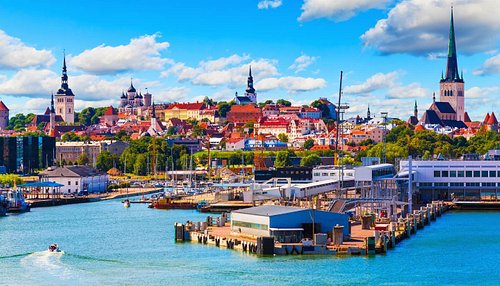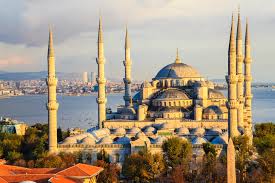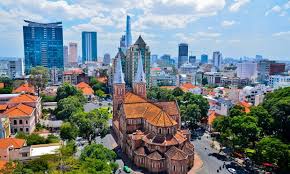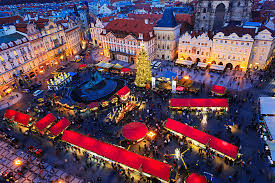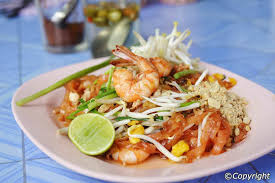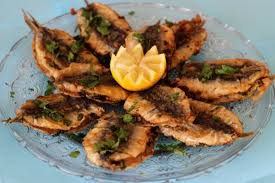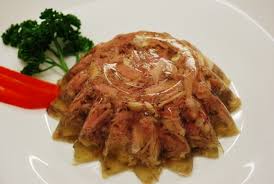Estonia (/ɛˈstoʊniə/; Estonian: Eesti [ˈeːsti]), officially the Republic of Estonia (Estonian: Eesti Vabariik), is a country in the Baltic region of Northern Europe It is bordered to the north by the Gulf of Finland, to the west by the Baltic Sea, to the south by Latvia (343 km), and to the east by Lake Peipus and Russia(338.6 km). Across the Baltic Sea lies Sweden in the west and Finland in the north. The territory of Estonia consists of a mainland and 2,222 islands and islets in the Baltic Sea, covering 45,339 km2 (17,505 sq mi) of land, and is influenced by a humid continental climate. Estonia is a democratic parliamentary republic divided into fifteen counties, with its largest city and capital being Tallinn. With a population of 1.3 million, it is one of the least-populous member states of the European Union, Eurozone, the North Atlantic Treaty Organisation, the OECD and the Schengen Area.
Geography
Between 57.3 and 59.5 latitude and 21.5 and 28.1 longitude, Estonia lies on the eastern shores of the Baltic Sea on the level northwestern part of the rising East European Platform. It borders the Gulf of Finland, between Latvia and Russia. Average elevation reaches only 50 m (164 ft).
The climate is maritime, wet, with moderate winters and cool summers. Oil shale and limestone deposits, along with forests which cover 47% of the land, play key economic roles in this generally resource-poor country. Estonia boasts over 1,500 lakes, numerous bogs, and 1,393 kilometers of coastline marked by numerous bays, straits, and inlets. Tallinns Muuga port offers one of Europes finest warm-water harbor facilities.
Estonias strategic location has precipitated many wars that were fought on its territory between other rival powers at its expense. In 1944, under Sovietoccupation, the Jaanilinn and Petseri regions were annexed to Russian SFSR territory. The legal status of these territories has not been fully settled yet, though neither Estonia or Russia has not any territorial claims.
Estonia is a flat country covering 45,339 km2 (17,505 sq mi). Estonia has a long, shallow coastline (3,794 km or 2,357 mi) along the Baltic Sea, with 1,520 islands dotting the shore. The two largest islands are Saaremaa (literally, island land), at 2,673 km2 (1,032 sq mi), and Hiiumaa, at 989 km2 (382 sq mi). The two islands are favorite Estonian vacation spots. The countrys highest point, Suur Munamägi (Egg Mountain), is in the hilly southeast and reaches 318 m (1,043 ft) above sea level. Estonia is covered by about 18,000 km2 (6,950 sq mi) of forest. Arable land amounts to about 9,260 km2 (3,575 sq mi). Meadows cover about 2,520 km2(973 sq mi), and pastureland covers about 1,810 km2 (699 sq mi). There are more than 1,400 natural and artificial lakes in Estonia. The largest of them, Lake Peipus (3,555 km2 or 1,373 sq mi), forms much of the border between Estonia and Russia. Located in central Estonia, Võrtsjärv is the second-largest lake (270 km2 or 104 sq mi). The Narva and Emajõgi are among the most important of the countrys many rivers.
A small, recent cluster of meteorite craters, the largest of which is called Kaali are found near Saaremaa, Estonia. It is thought that the impact was witnessed by the Iron Age inhabitants of the area.
Population
European 99.11,283,124
Estonian 69.7902,547
Russian 25.2326,235
Ukrainian 1.722,573
Belarusian 0.912,579
Finnish 0.67,589
Others (primarily Latvians, Germans, Swedes)
(including European descent Americans,
Canadians, Australians, Afrikaners) 1.922,932
East/Central Asian 0.03419
Korean 0.01159
Chinese0.01104
African (Including African Americans) 0.00231
Other background Oceania/South Asian/
South American/Middle Eastern/Caucasus
Region 0.810,912
Total population 1001,294,455
Transport
Railways
• total: 900 km common carrier lines only (1200 km including dedicated industrial lines)
• broad gauge: 900 km 1,520 mm (4 ft 11 27⁄32 in) or 1,524 mm (5 ft) gauge (133 km electrified)
Light Rail
There has been a growing tram network in Tallinn, Estonia since 1888, when traffic was started by horse-powered trams. The first line was electrified on October 28, 1925. The first electric trams were built by Dvigatel, Ltd., in Tallinn before World War II and for some years after that, the last one in 1954. In the 1920s and 1930s gas-powered trams were also used. Since 1955 to 1988 German-built trams were used. In total, there were 20 LOWA T54-B54 trams (in use from February 1955 to March 1977), 11 Gotha T57-B57 (in use from January 1958 to June 1978), 5 Gotha T59E-B59E (in use from June 1960 to February 1980), 14 Gotha T2-62 and B2-62 (in use from 1962 to 1981) and 50 Gotha G4 trams (in use from January 1965 to October 1988) trams. The first Czechoslovakian-built ČKD Tatra T4SU arrived in 1973. The T4SU trams were in use from May 1973 to September 2005 and there were 60 of them. The first KT4SU arrived in Tallinn in 1981 and was first in use on March 10, 1981. In 2007, there are 56 KT4SU, 12 KTNF6 (rebuilt KT4SUs, 10 local, one from Gera and one from Erfurt) and 23 KT4D (12 from Gera, 6 from Cottbus, 1 from Frankfurt (Oder) and 5 from Erfurt) in use. As of 2007, there are four lines: 1 (Kopli-Kadriorg), 2 (Kopli-Ülemiste), 3 (Tondi-Kadriorg) and 4 (Tondi-Ülemiste). There have also been lines 5 (Kopli-Vana-Lõuna, shut down in 2004 because of small usage) and 6 (Kopli-Tondi, temporarily used in time of repairs).
Airport
Airports – with paved runways
• total: 13 (2013)
• over 3,047 m: 2
• 2,438 to 3,047 m: 8
• 1,524 m to 2,437 m : 2
• 914 to 1,523 m: 1[4]
Lennart Meri Tallinn Airport is the largest airport in Estonia.
Greetings
|
English |
eesti keel (Estonian) |
|
Tere |
|
|
Kuidas läheb? |
|
|
Reply to How are you? |
Tänan, hästi. Ja teil? |
|
Pole ammu näinud (see) |
|
|
Mis teie nimi on? (frm) |
|
|
Minu nimi on ... |
|
|
Kust te pärit olete? |
|
|
Ma olen pärit ...st |
|
|
Tere hommikust |
|
|
Tere päevast |
|
|
Tere õhtust |
|
|
Head ööd |
|
|
Head aega |
|
|
Edu! |
|
|
Terviseks! |
|
|
Ilusat päeva! |
|
|
Jätku leiba! |
|
|
Head reisi |
|
|
Ma saan aru |
|
|
Jah |
|
|
Ei |
|
|
Võib-olla |
|
|
Ma ei tea |
|
|
Kas Sa saaksid seda korrata? (inf) |
|
|
Palun kirjuta see üles (inf) |
|
|
Kas sa räägid inglise keelt? (inf) |
|
|
Do you speak Estonian? |
Kas sa räägid eesti keelt? (inf) |
|
Yes, a little |
Jah, natuke räägin |
|
How do you say ... in Estonian? |
Kuidas Sa ütled ... eesti keeles? |
|
Vabandage! |
|
|
Kui palju see maksab? |
|
|
Vabandust |
|
|
Palun |
|
|
Tänan |
|
|
Reply to thank you |
Pole tänu väärt |
|
Kus asub tualettruum? Kus on tualett? |
|
|
See härra maksab kõige eest |
|
|
See daam maksab kõige eest |
|
|
Kas te soovite tantsida? |
|
|
Ma igatsen sind |
|
|
Ma armastan sind |
|
|
Saa ruttu terveks! |
|
|
Jätke mind rahule! |
|
|
Appi! |
|
|
Tulekahju! |
|
|
Pidage kinni! |
|
|
Kutsuge politsei! |
|
|
Rõõmsaid jõule ja head uut aastat! |
|
|
Häid lihavõttepühi |
|
|
Ühest keelest ei piisa kunagi |
|
Sights
Cuisine
Posters
Map
Itineraries
| Sr. No. | Itinerary Name | File |
